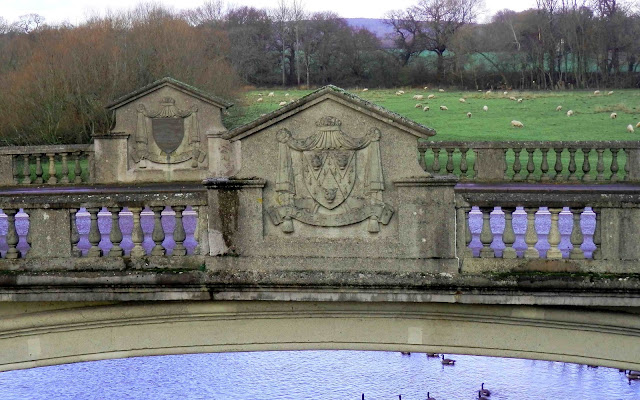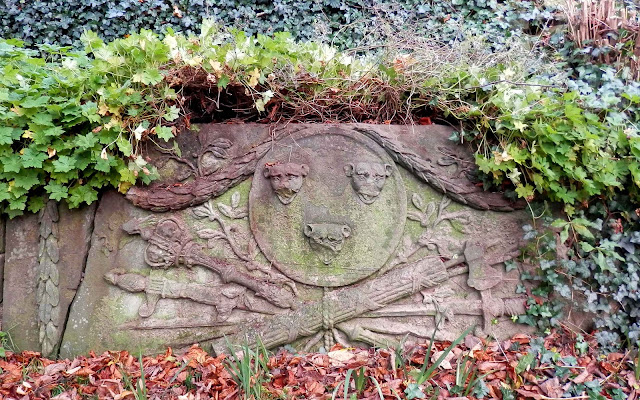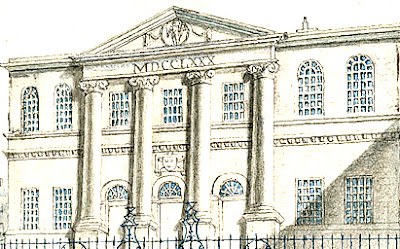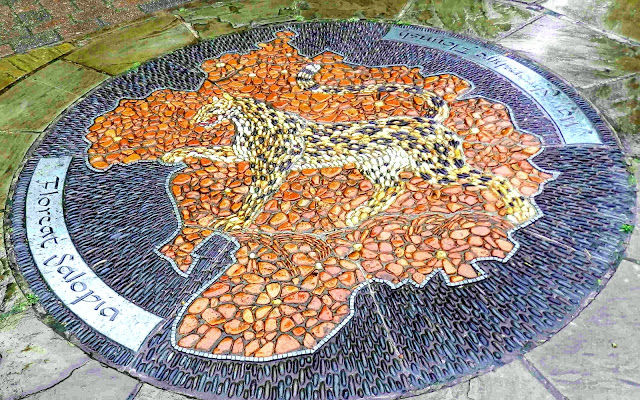Although the loggerheads appeared on Shrewsbury Corporation's official insignia for centuries, their popularity as a decorative feature on town objects seems to have waxed and waned.
But 1787 must have been a good year; this lead trough - now utilised as a planter in the entry-way at Shrewsbury Library - is dated to then. To enhance the decorative design, there are four (not the usual three) loggerheads around each lion.
It's curious though that the loggerheads surround a 'rampant' lion. The loggerheads clearly are meant as a heraldic device, but the lion rampant holds no particular heraldic meaning in Shrewsbury.
Or... does it?
Please let us have your thoughts... Use the comments field just down this page or email us direct.
++++
To
comment on this post, just use the Comments field down this page or email us direct.
To get an email alert into your inbox every time we make a new post (about once a week), just put your email address into the Follow By Email Box (in the column to the right on this page) and hit Submit















